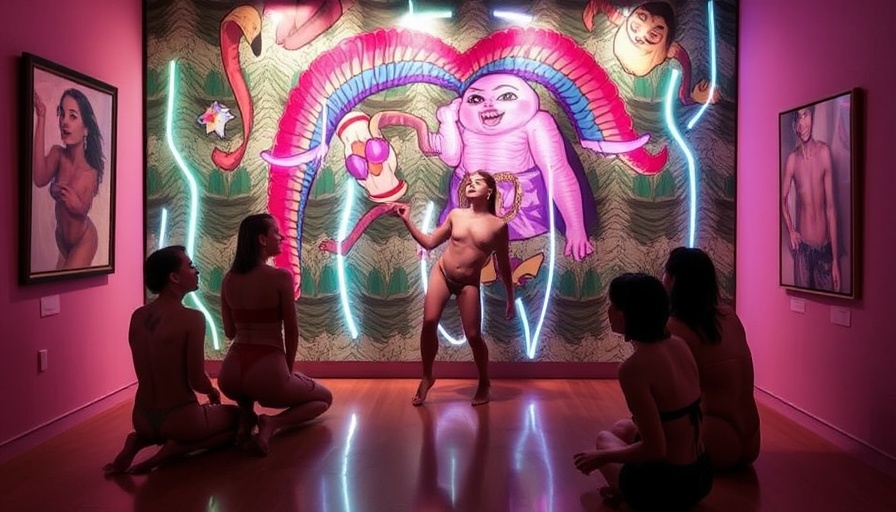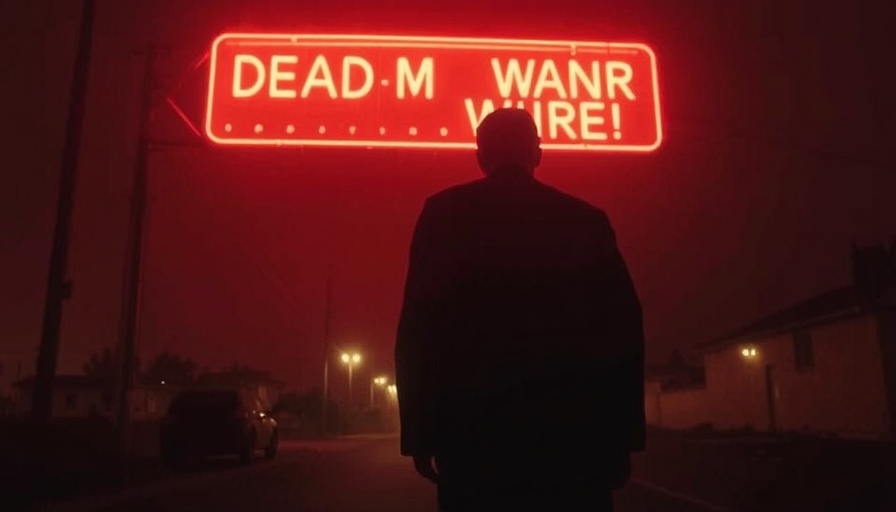
Why Trans Art is a Vital Reflection of Humanity
In current times, the importance of trans art cannot be overstated. As individuals navigate their own identities and experiences, these artistic expressions serve as critical mirrors to society, reflecting both vibrant celebrations and challenging narratives. Trans art is not merely about self-expression; it speaks volumes about how we as a society live, love, and connect with one another, particularly in a climate often marked by misunderstandings and prejudice.
The Role of Portraiture in Trans Representation
Portraiture has always been a powerful tool to bring visibility and empathy to marginalized communities, and this is especially true for trans artists like Amy Sherald and Éamon McGivern. Sherald’s recent controversy surrounding her portrait of a trans woman for the Smithsonian highlights an ongoing struggle for broader acceptance and representation in the arts. In her words, “Trans Forming Liberty challenges who we allow to embody our national symbols – and who we erase.” This illustrates how art serves as a battleground for social justice, urging viewers to confront their biases and embrace a more inclusive narrative.
Humanizing the Trans Experience through Art
In 2022, studies revealed that less than half of Americans felt they had met a trans person. This lack of personal connection is where art plays a pivotal role. Viewing a portrait, such as Sherald's, can evoke empathy, breaking down walls of ignorance and fostering compassion. In an era where trans individuals face rampant discrimination, seeing their stories reflected in art can contribute positively to societal attitudes, making trans voices more visible and humanized.
Empathy and Transformation through Art
The impact of visual narratives extends beyond simple representation; it acts as a catalyst for transforming perspectives. San Francisco’s Tenderloin Museum hosted McGivern’s “Still Lives,” which serves to anchor the trans experience within the community. This project not only celebrates those individuals depicted but also acknowledges their struggles and triumphs, which can resonate deeply with viewers. As trans artist McGivern states, “Art lives in contradiction with the erasure of trans lives from institutions; it serves as a reminder of our presence and importance.”
Trans Art and its Connection to Broader Cultural Movements
The intersection of trans art and broader cultural movements cannot be overlooked. As the art world grapples with issues of representation and inclusivity, the fight for trans visibility aligns with larger conversations about racial justice, LGBTQ+ rights, and societal acceptance. For audiences, supporting trans artists and their work doesn’t just mean legal or political recognition; it means participating in a cultural shift that values all identities. Artist Amy Sherald recognizes this collective responsibility: “When we think of American identity, it must reflect the truths of all communities, including the LGBTQ+ realm.”
A Call for Action: Supporting Trans Art and Artists
This conversation opens the door for actionable steps each of us can adopt. Attending exhibitions featuring trans artists, sharing their work online, and advocating for their inclusion in prominent institutions are just a few ways to contribute to this important cause. Moreover, individuals can consider collecting art from trans artists to not only appreciate their talent but to also invest in a more diverse cultural future.
Ultimately, the resonance of trans art in today’s society stems from its ability to reflect and challenge the narratives surrounding identity. By engaging with these works, we not only enrich our own lives but help pave the way for a more empathetic world. It’s time to uplift trans voices and recognize their art for what it truly is—a vital part of the mosaic of human experience.
 Add Row
Add Row  Add
Add 




Write A Comment